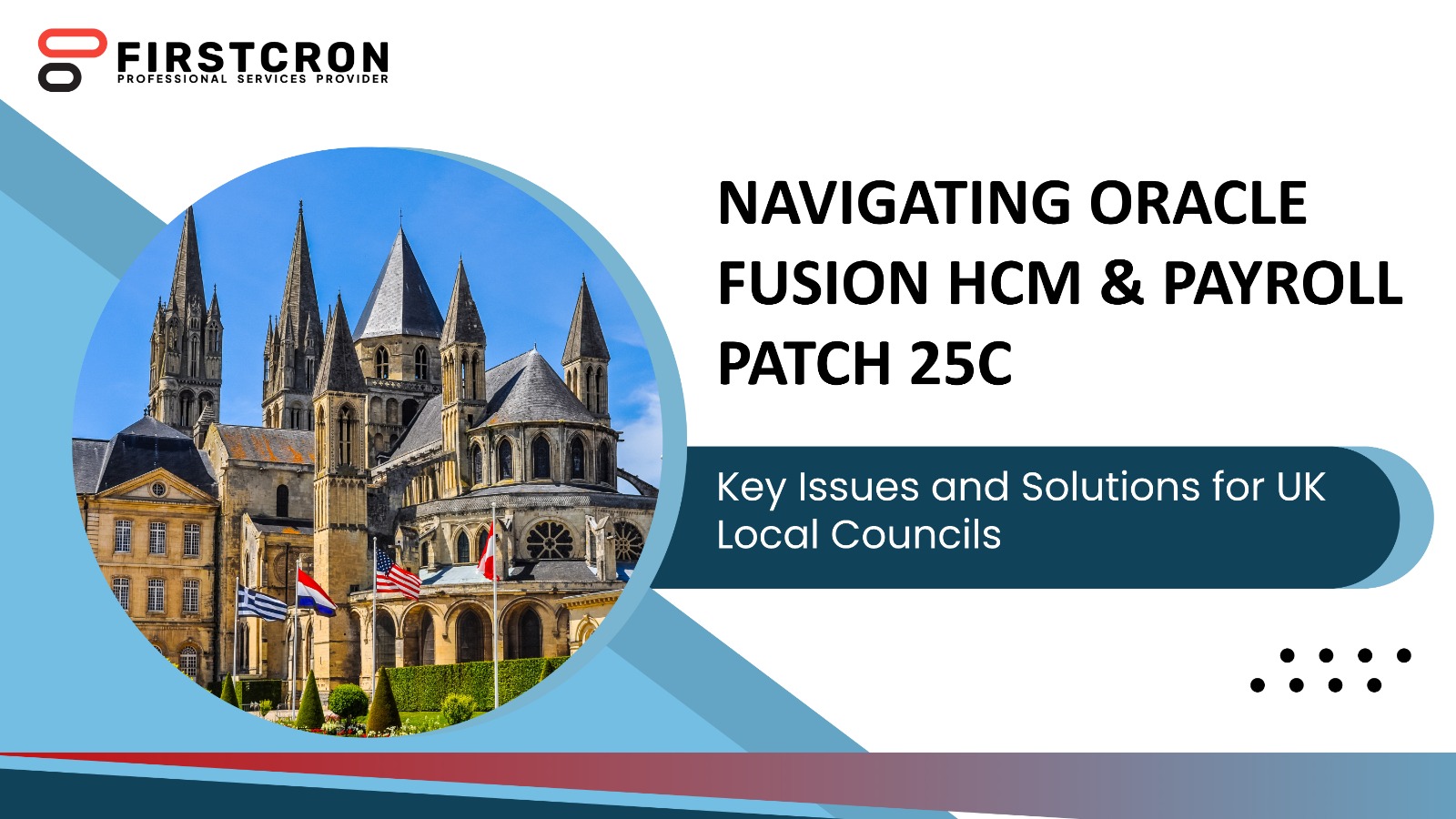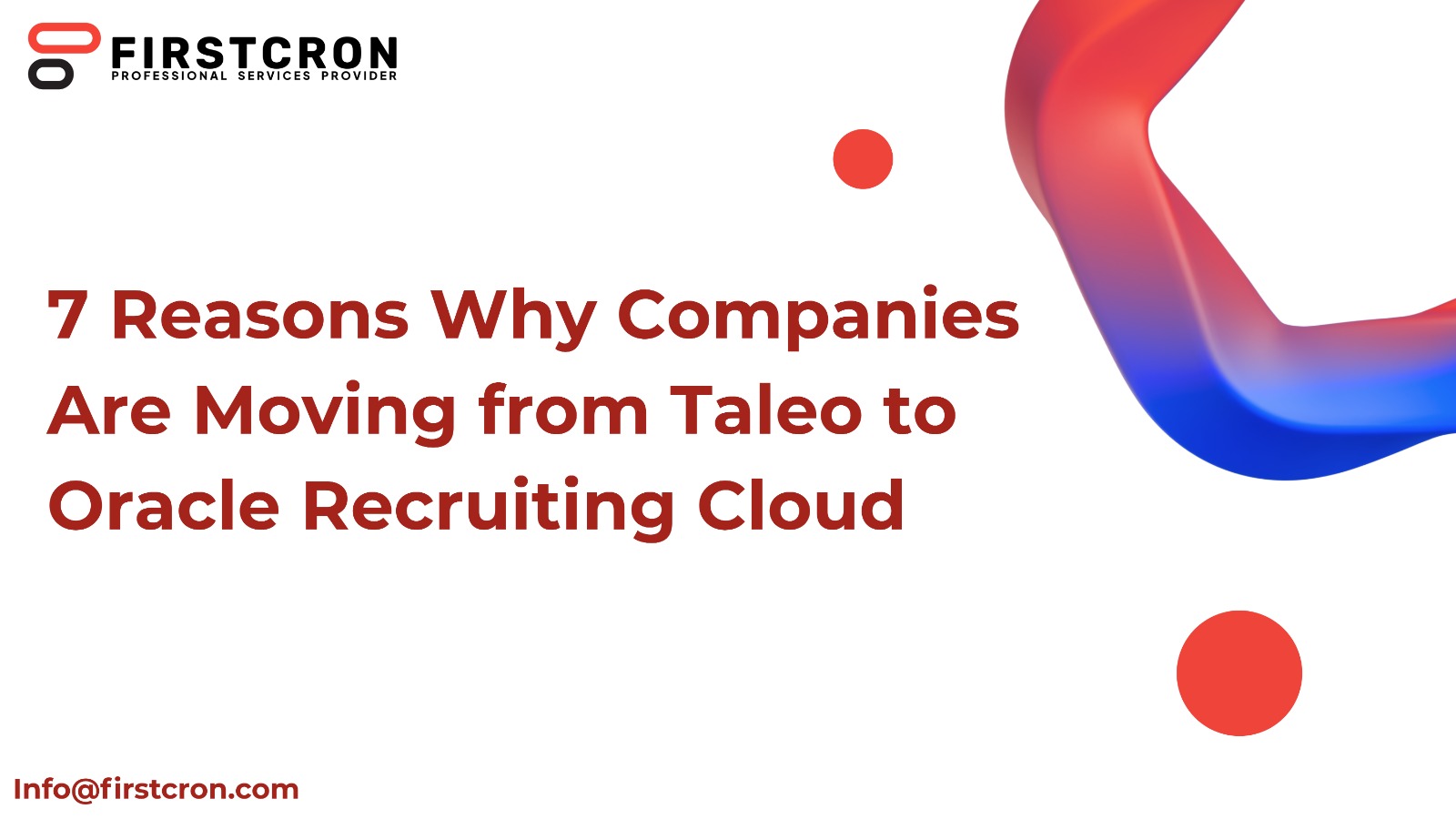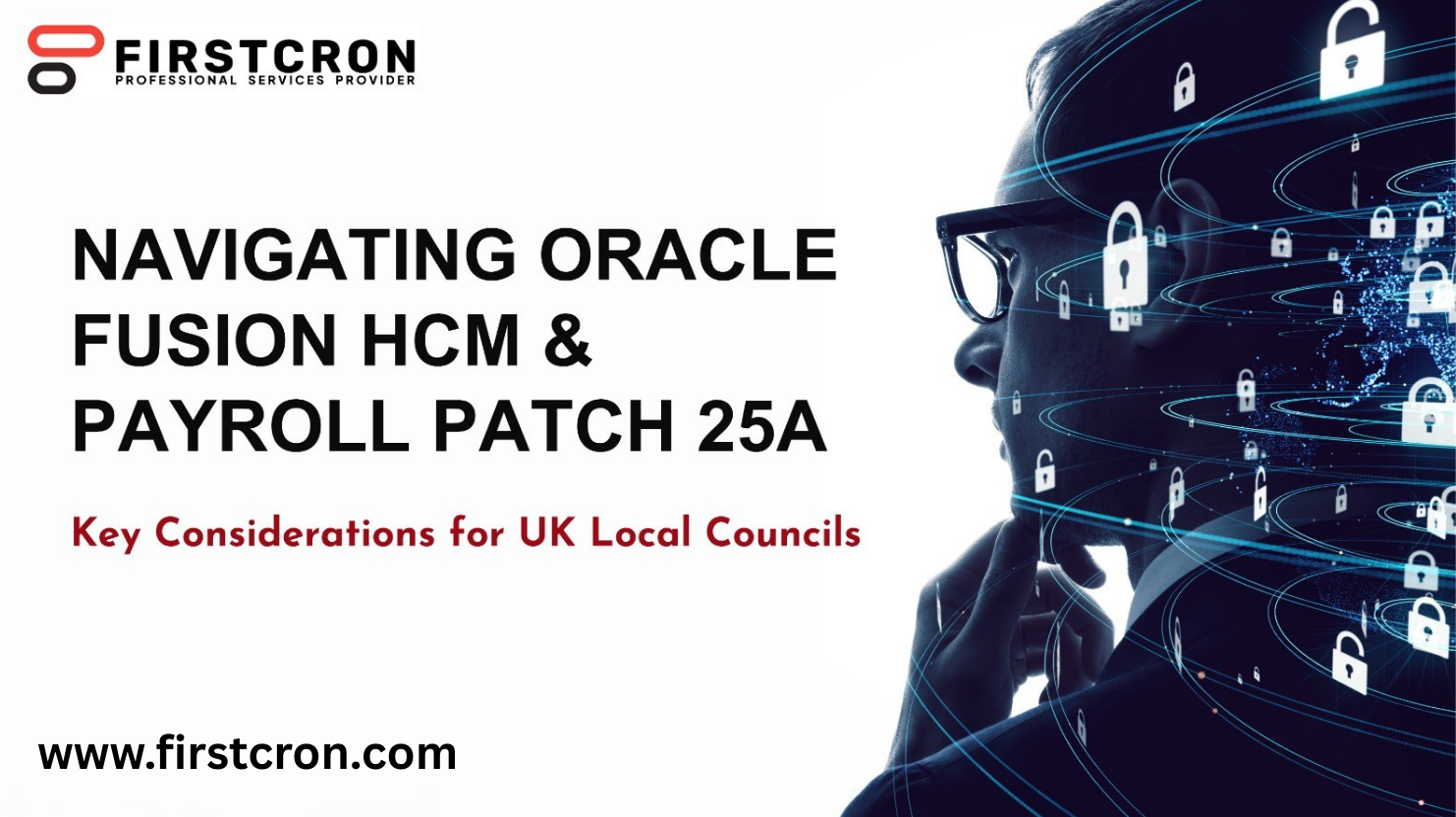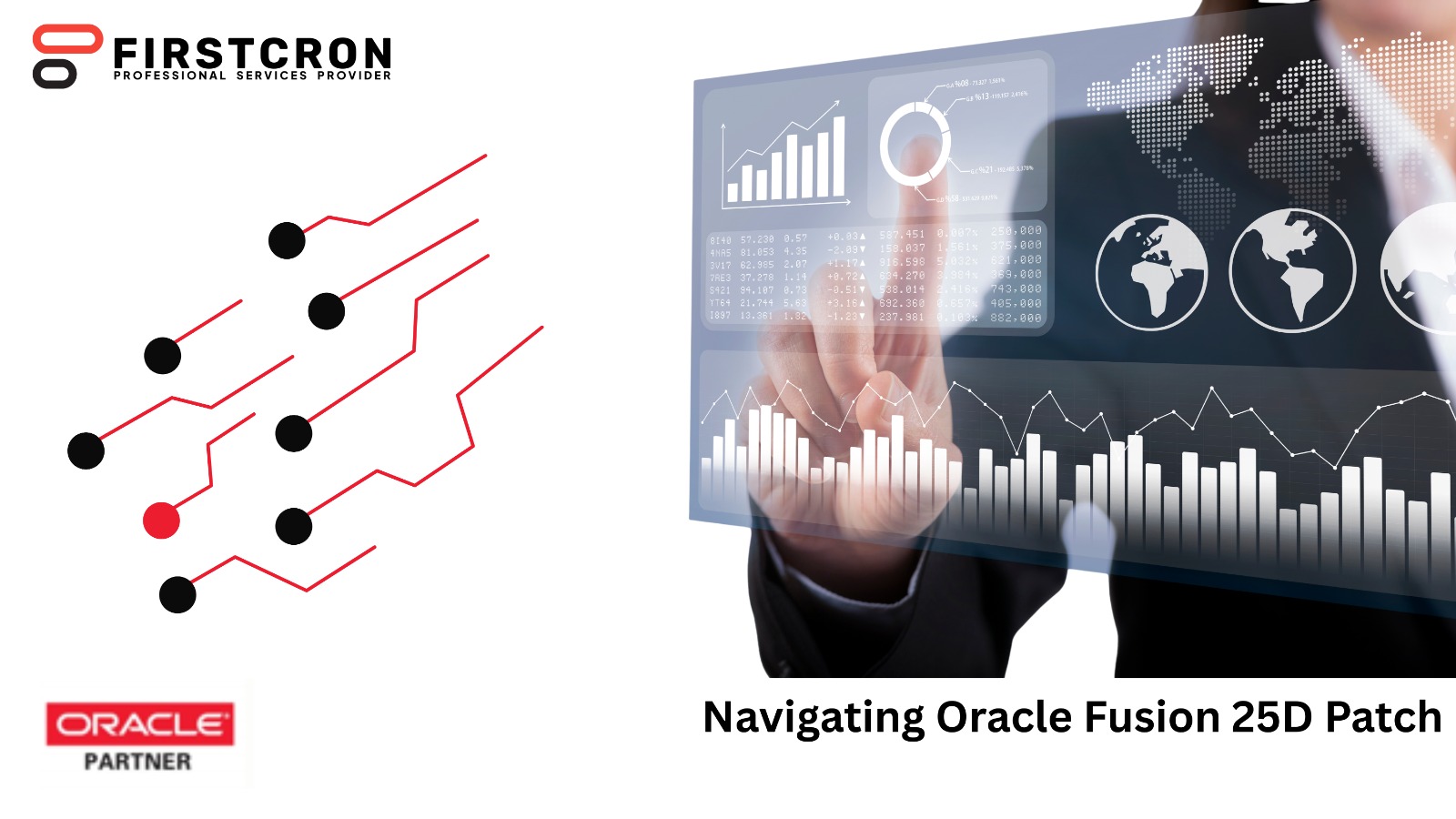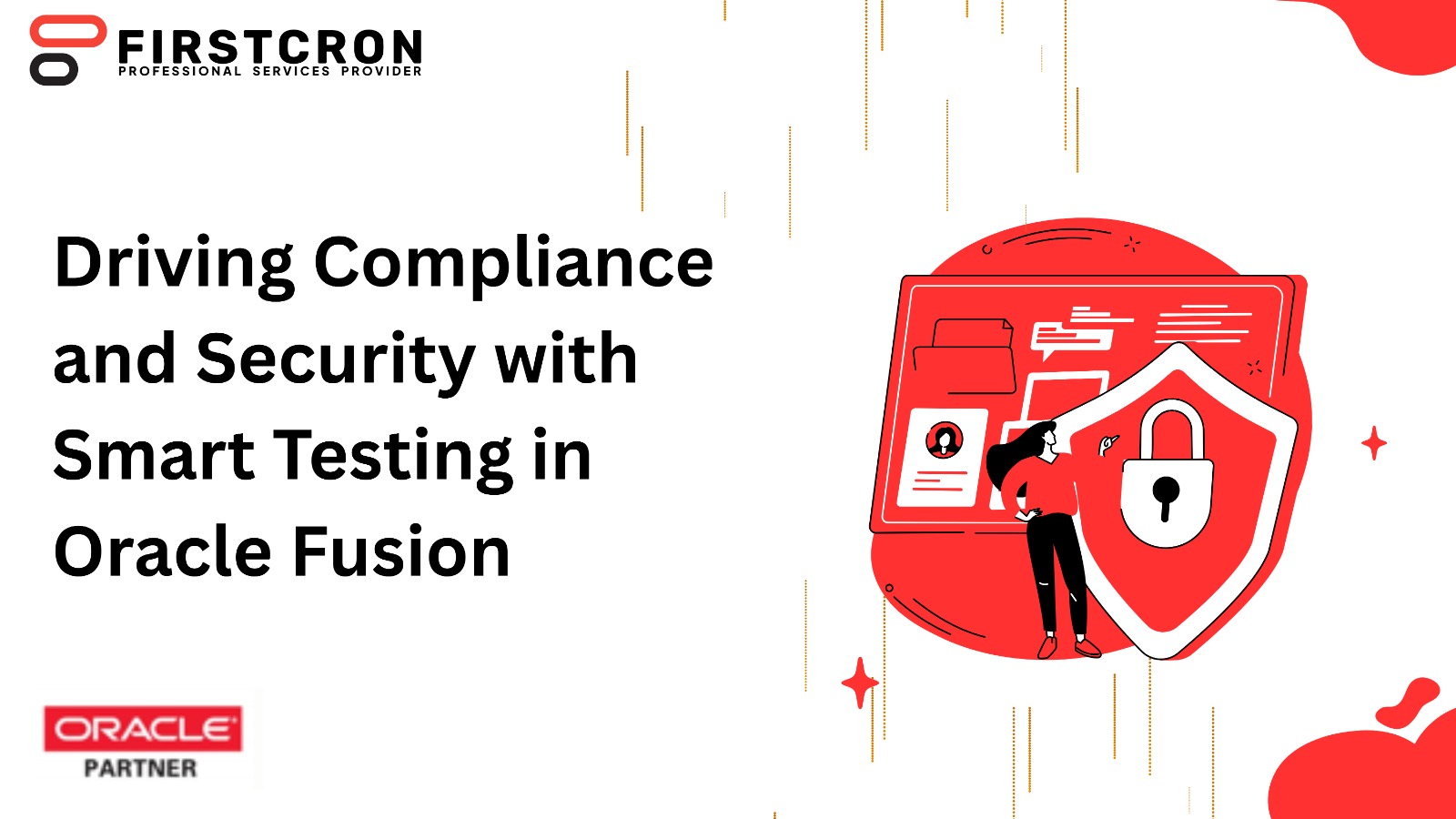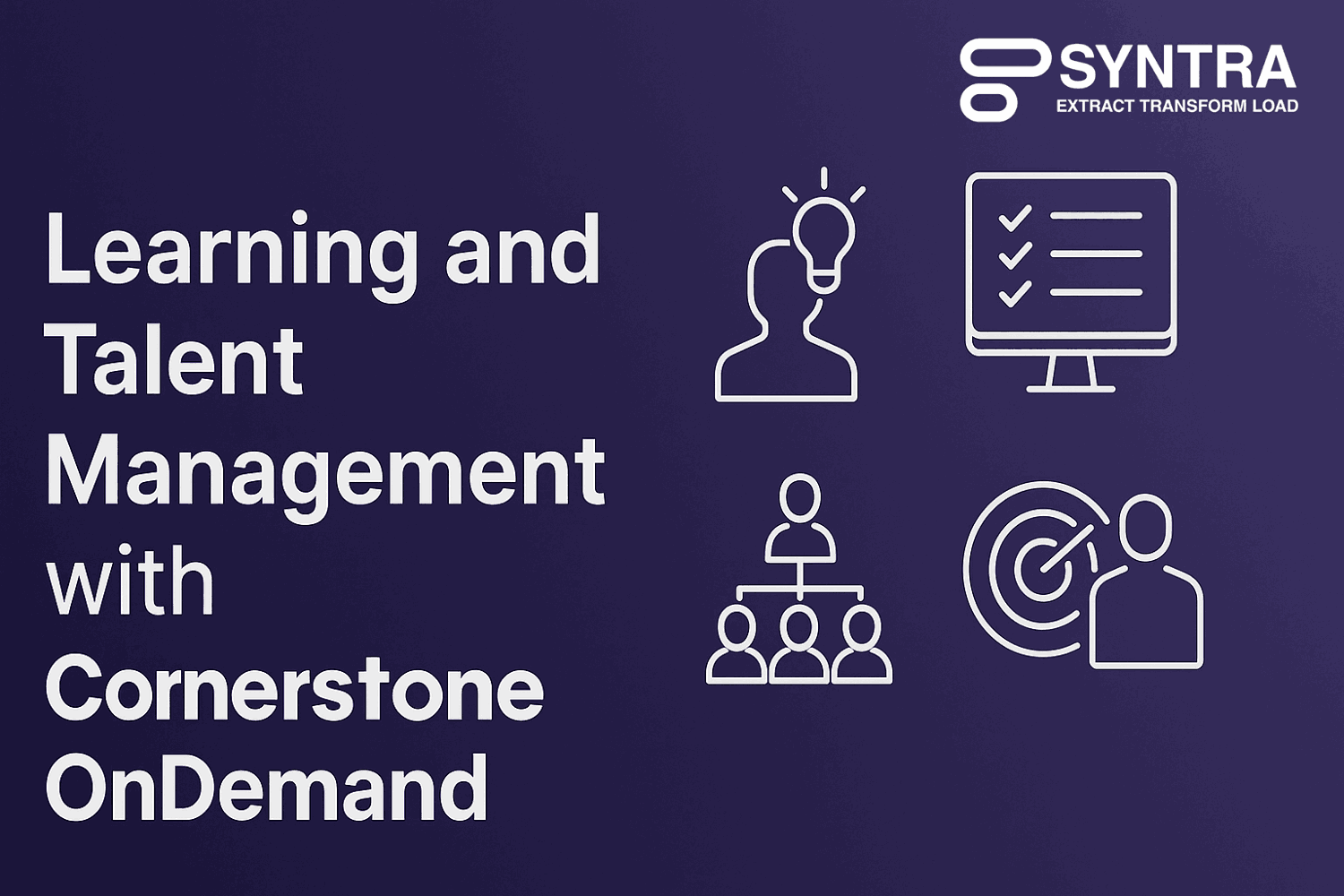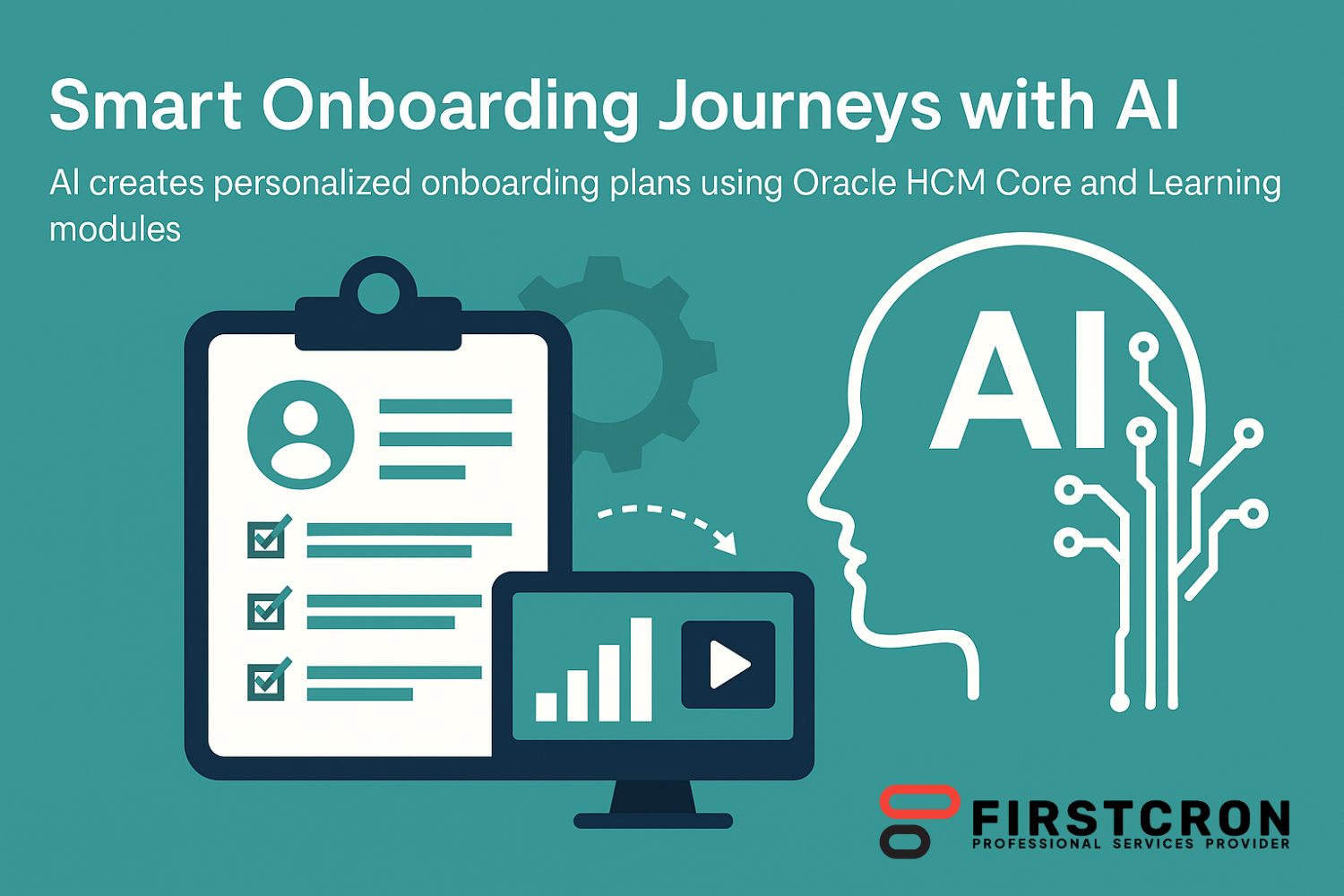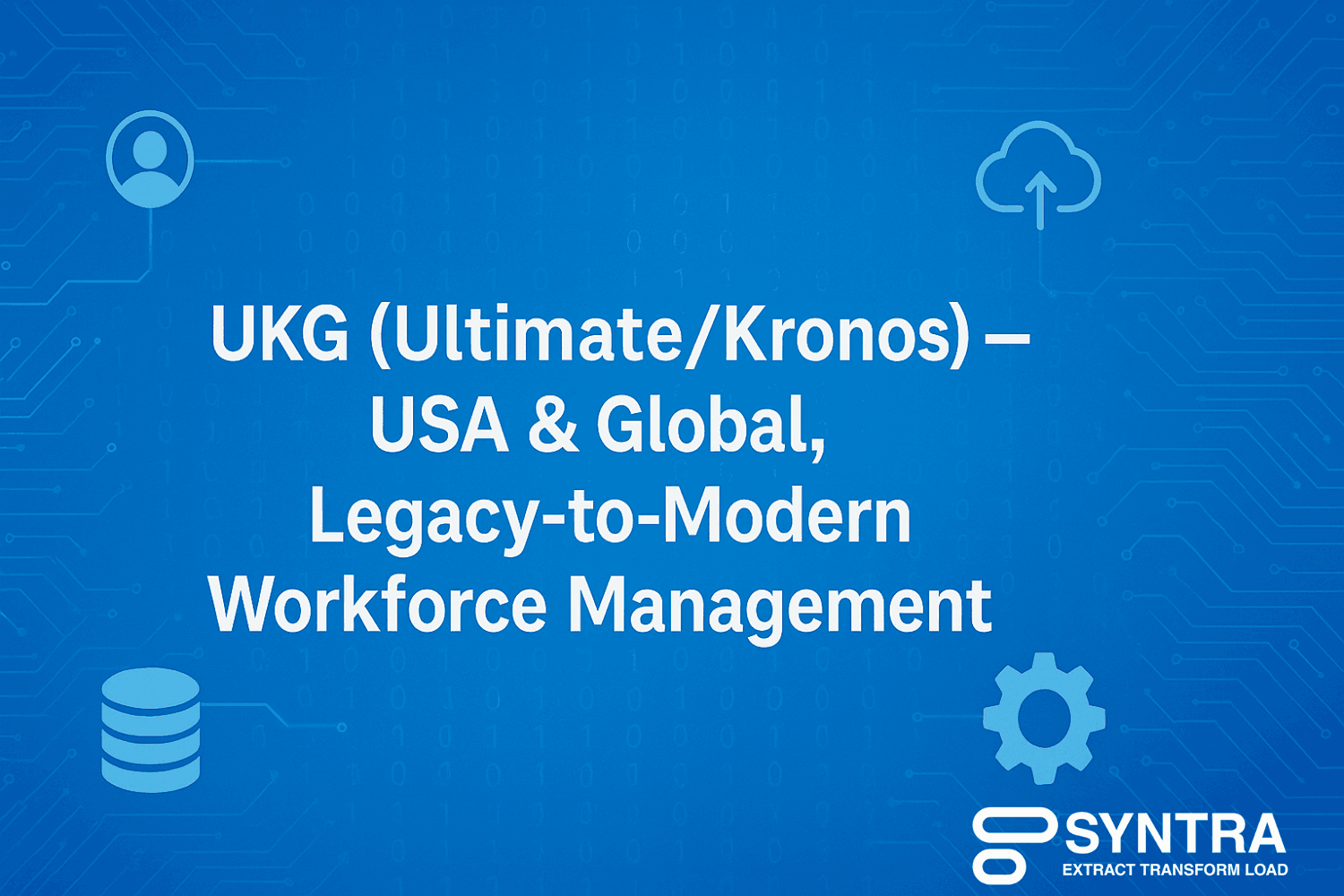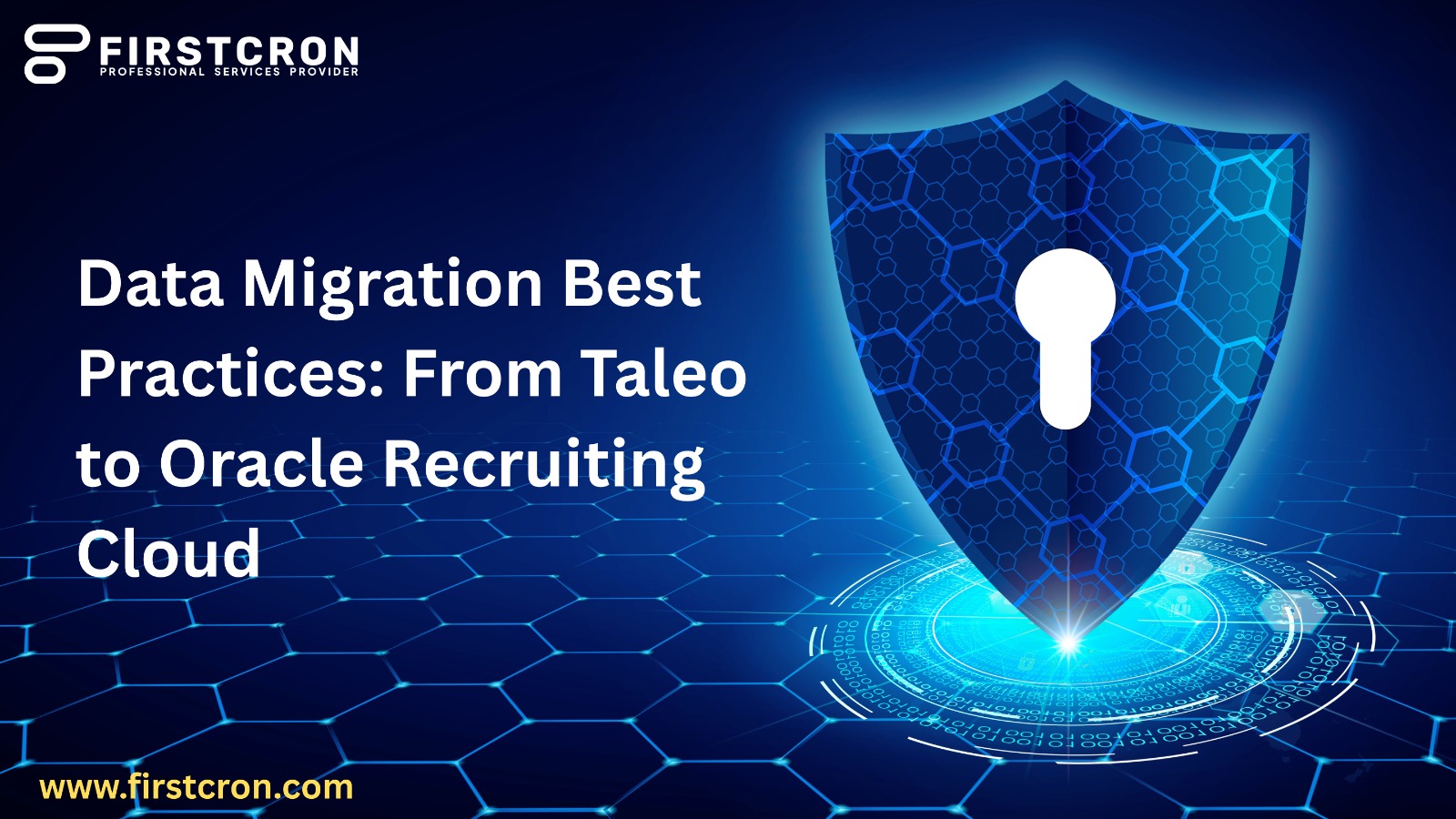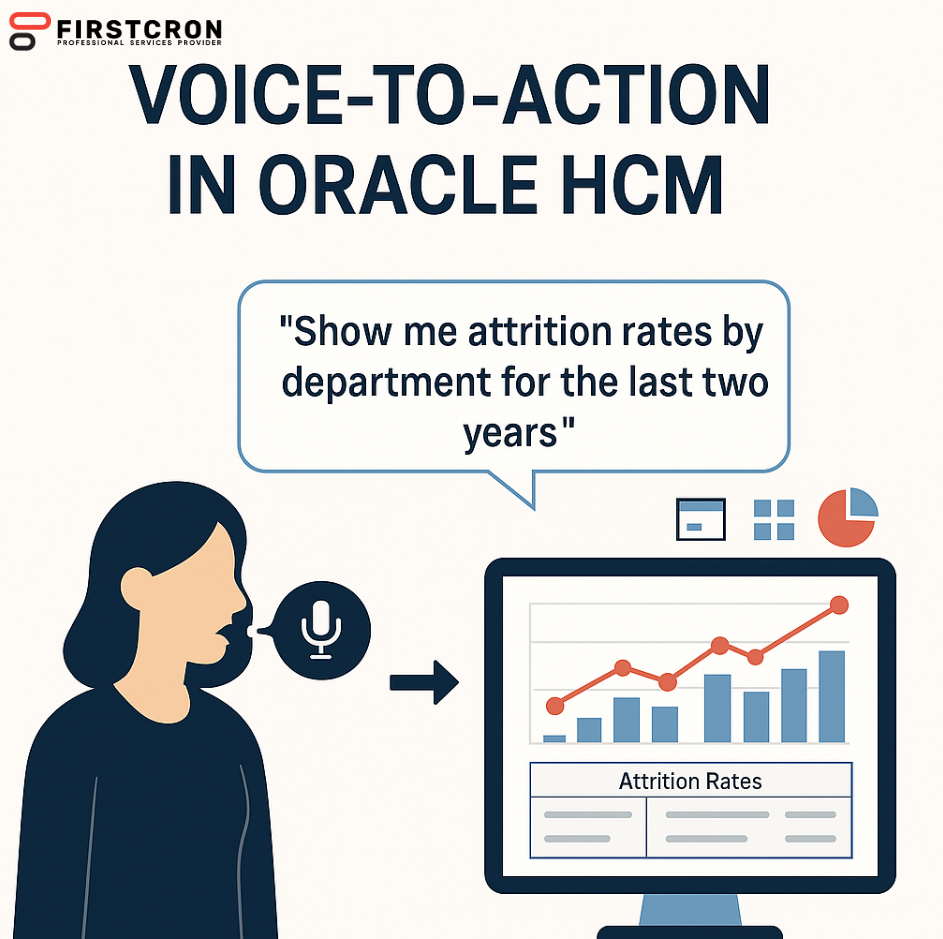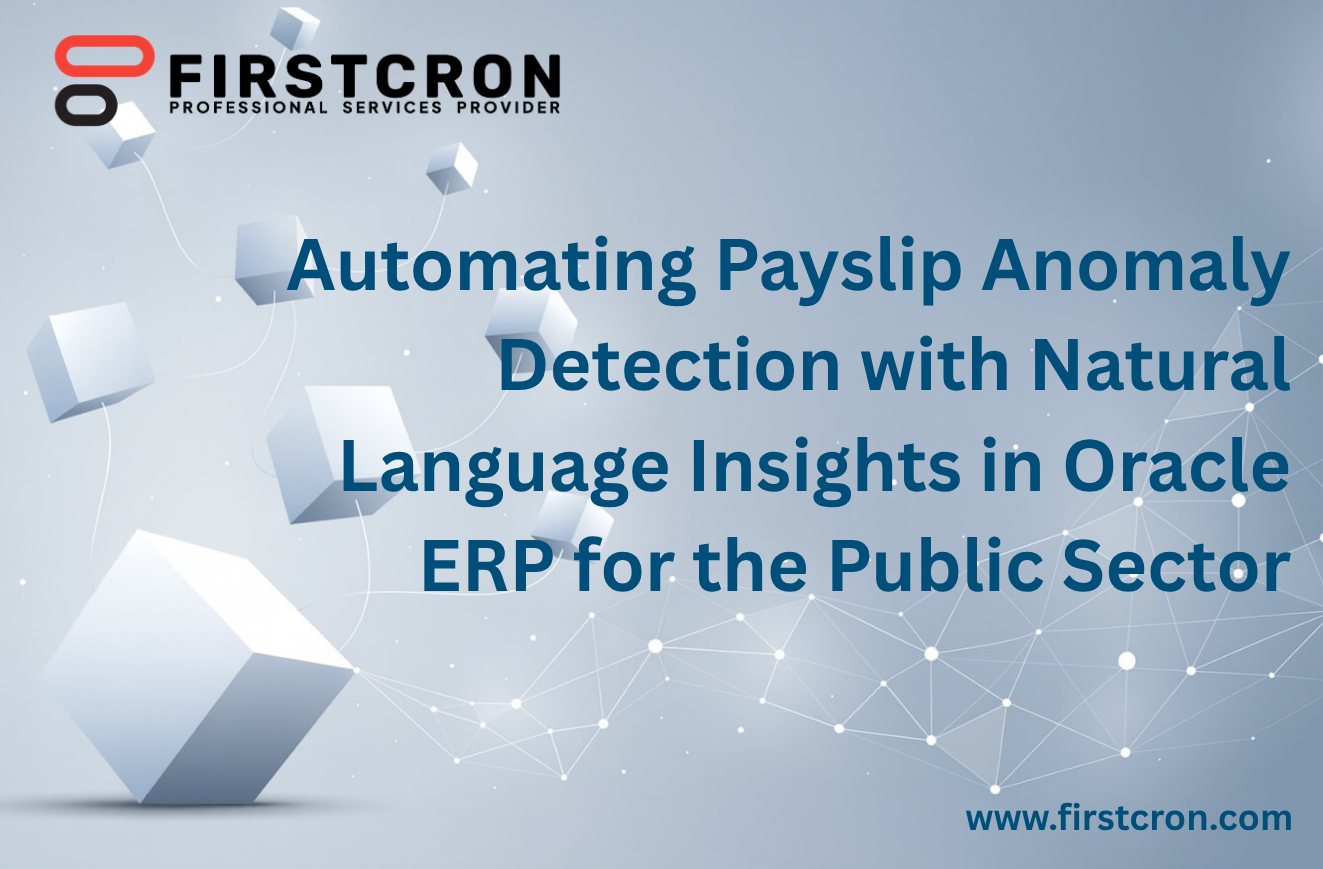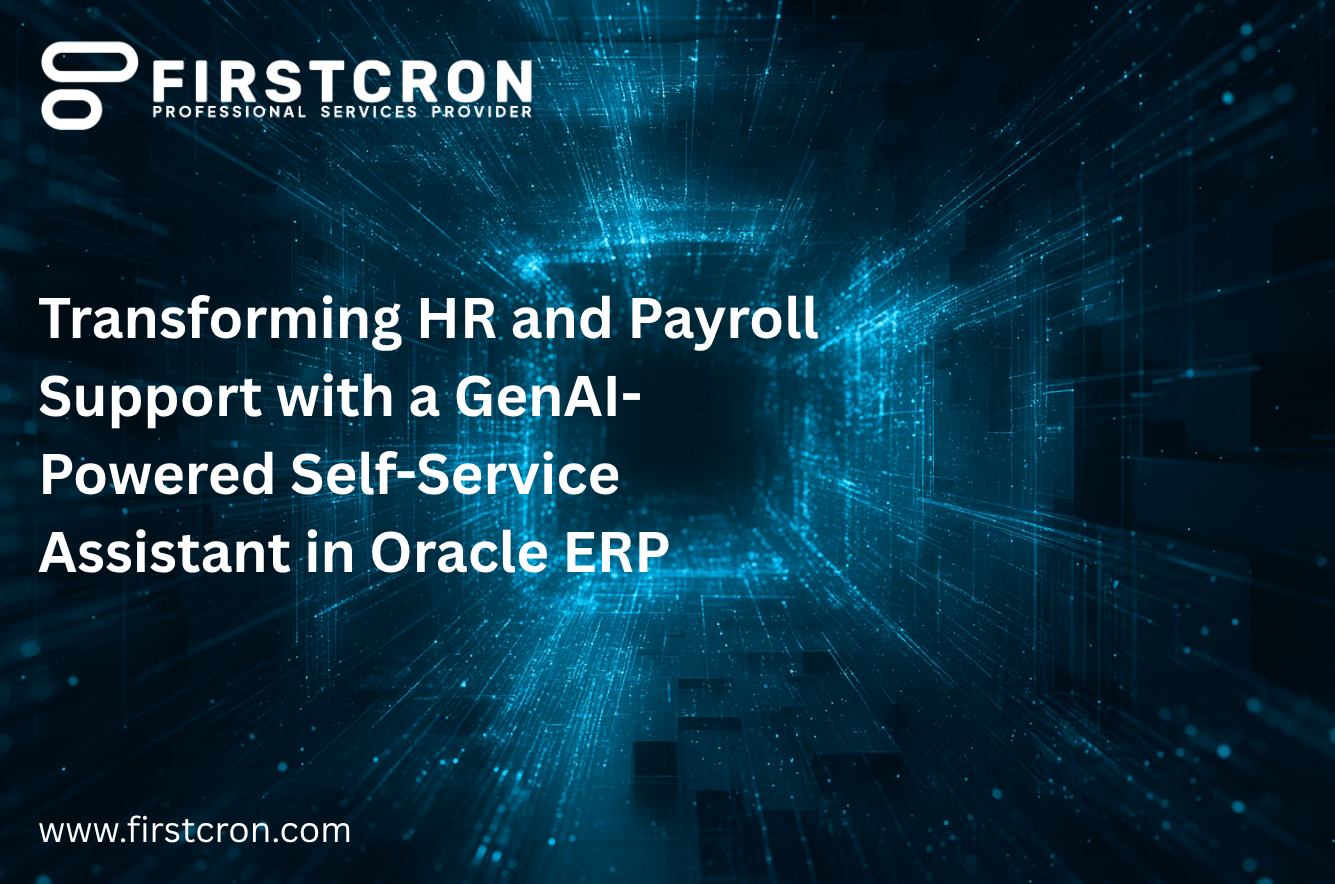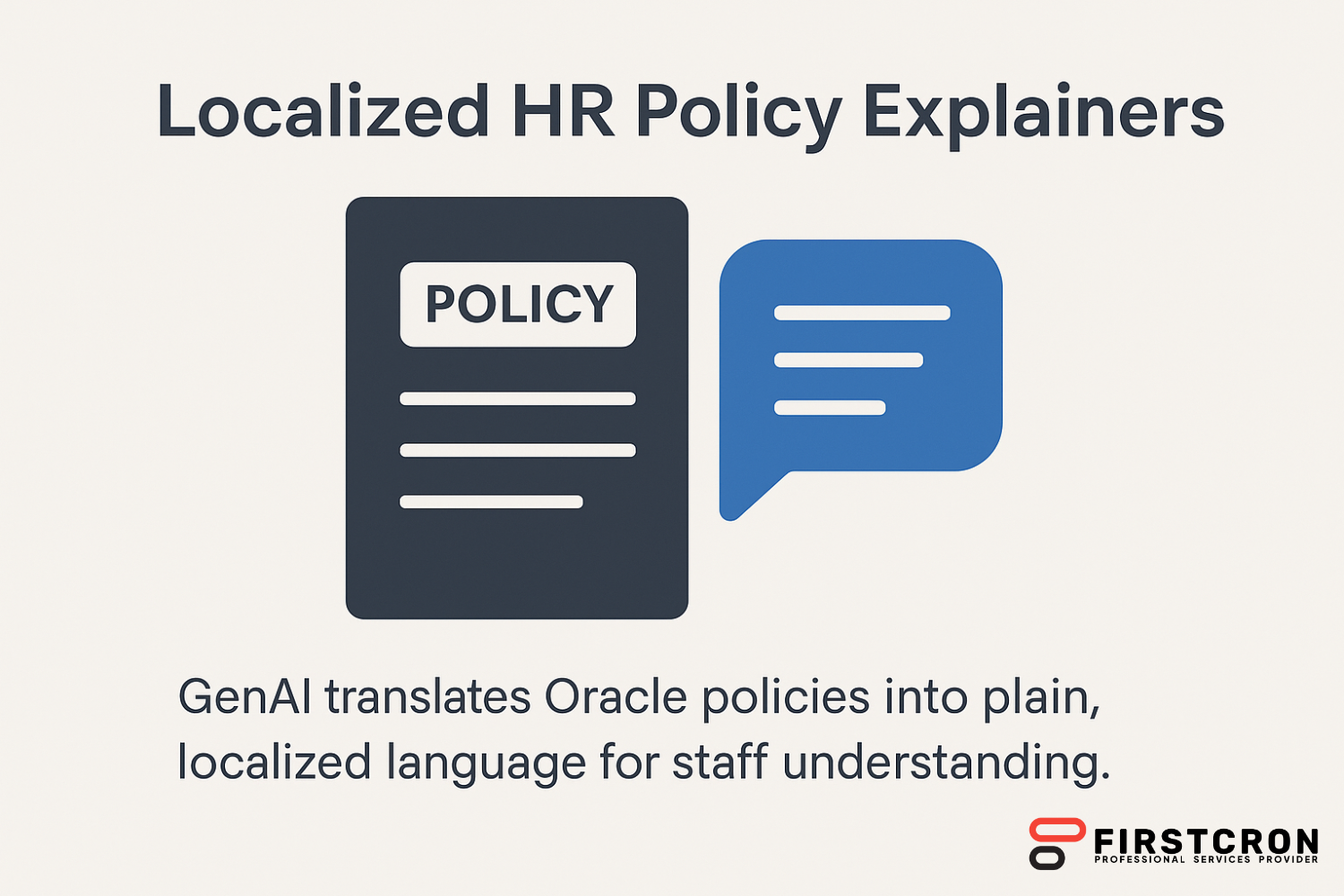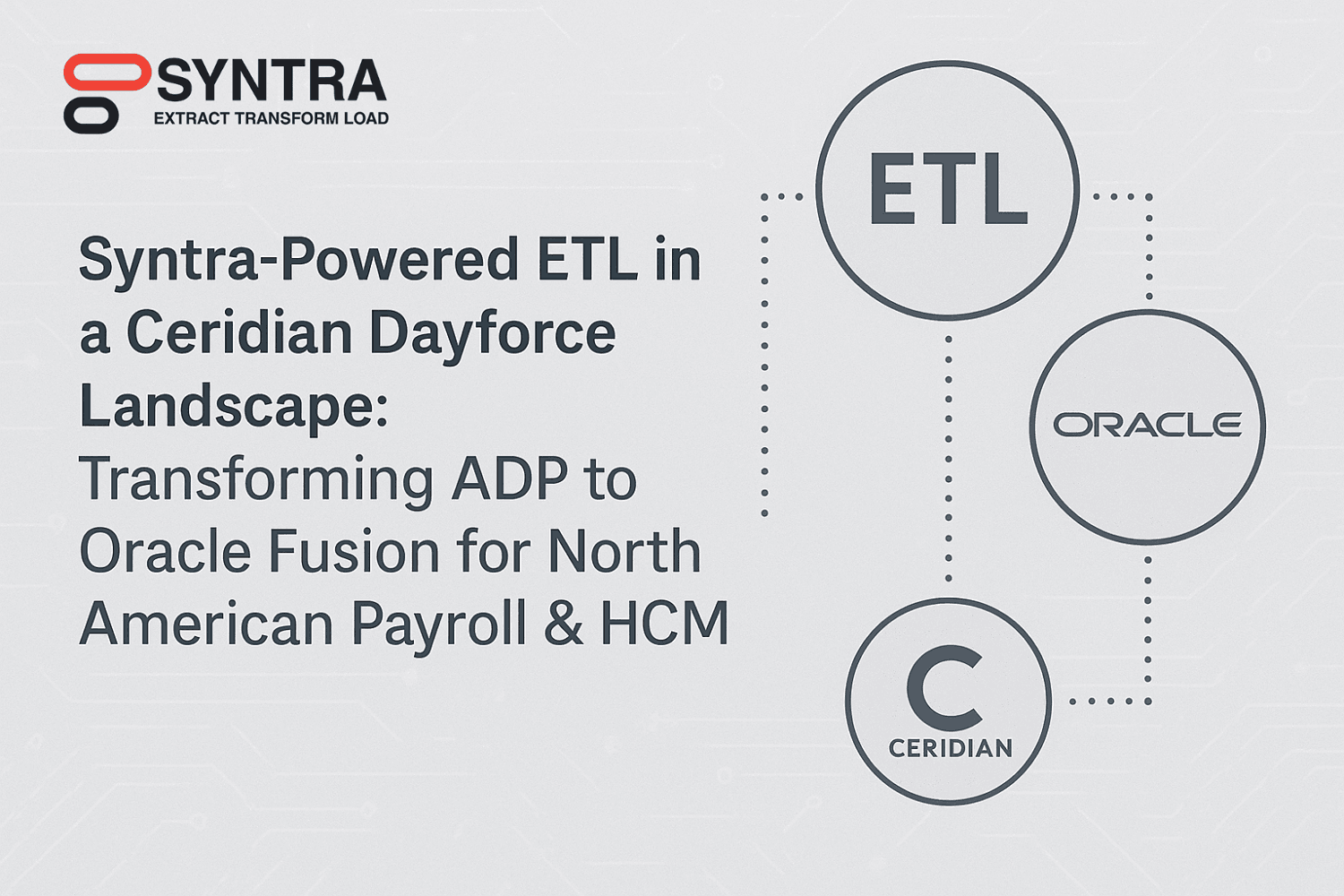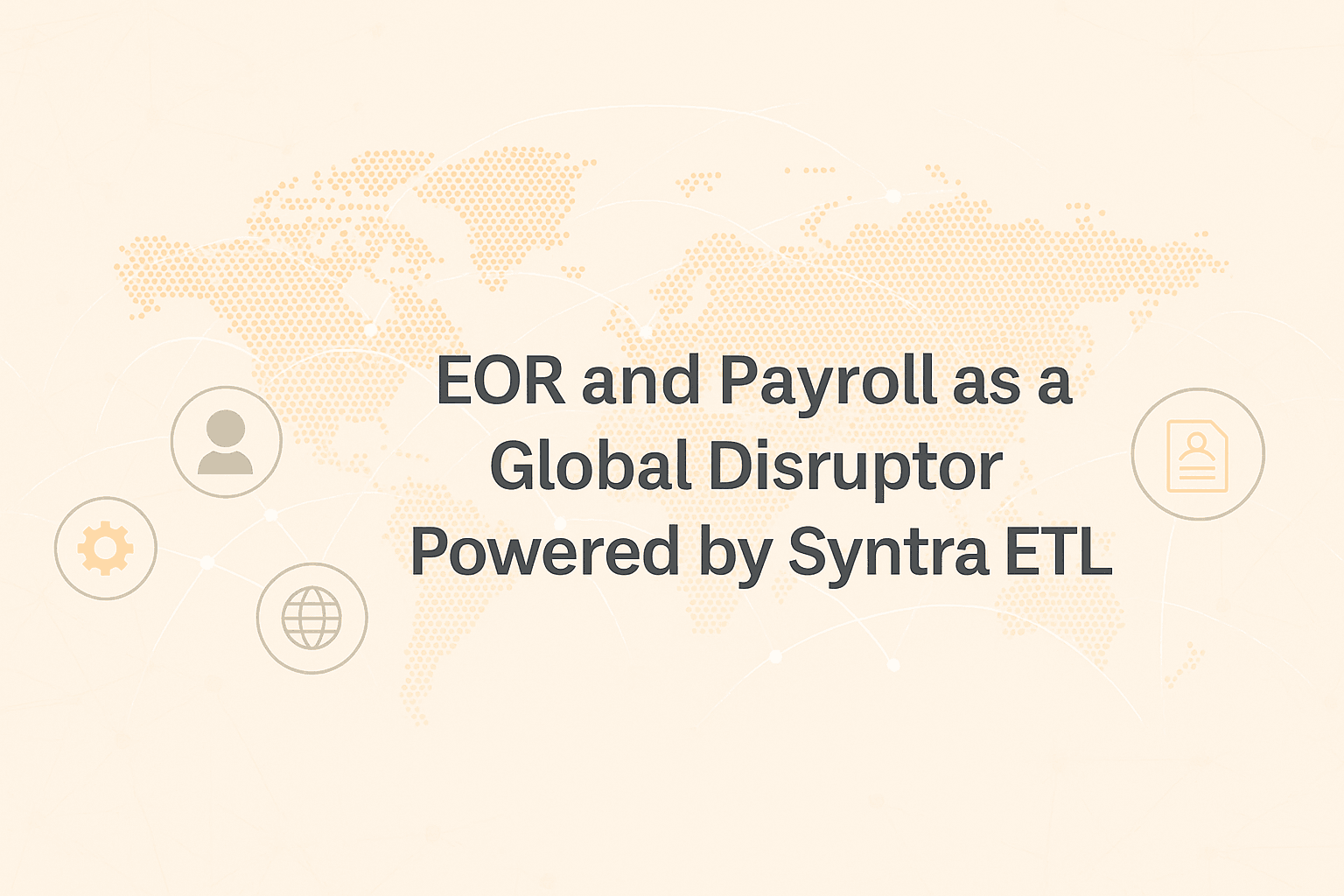
The global workforce landscape has undergone a dramatic transformation over the past decade. Companies no longer restrict their hiring to physical borders. Instead, they now tap into international talent pools, leveraging remote work and distributed teams to scale faster than ever before. This shift has accelerated the rise of the Employer of Record model, or EOR — a service layer that enables companies to legally employ individuals in countries where they do not have a registered entity. What was once a payroll tactic is now becoming a global disruption strategy. Yet behind every successful EOR operation lies one truth — payroll efficiency and compliance are entirely dependent on how accurately data moves between disparate systems. This is where Syntra ETL becomes the unseen but essential engine driving global payroll reliability.
In this blog we’ll cover
The Rise Of EOR As A Strategic Workforce Lever
EOR providers are more than outsourcing agencies. They act as the legal employer on behalf of their clients in different countries, managing onboarding, contract compliance, payroll processing, taxes, benefits, and statutory filings. This allows businesses to expand into multiple regions without establishing local entities or navigating complex employment laws on their own. What makes this model disruptive is its ability to turn global expansion from a capital-heavy operation into a plug-and-play function. However, beneath the surface lies a persistent operational challenge — the transfer, transformation, and synchronization of workforce data between the client systems, the EOR provider, and government authorities.
Why Payroll Breaks Without Proper ETL
Traditional payroll processing relies on static inputs. In domestic environments this is manageable. In an EOR model, however, every country introduces unique tax structures, earning elements, social security formats, and reporting rules. Without a robust Extract, Transform, Load process, payroll quickly becomes error-prone, non-compliant, or delayed. Syntra ETL resolves this by serving as the central processing layer that collects payroll and HR data from various input sources such as HRIS, time tracking systems, benefits platforms, or applicant tracking tools, restructures it according to each country’s payroll schema, and delivers it into downstream systems without loss or distortion. This allows EOR providers to operate with both speed and certainty.
Comparison Of Payroll Operational Models
The following table illustrates how Syntra ETL elevates EOR operations beyond both traditional payroll and standard managed models:
| Traditional Payroll | EOR Model | ETL-Powered Global Payroll |
|---|---|---|
| Local processing built around one entity | Outsourced legal employer in multiple regions | Centralized data processing engine syncing all EOR flows |
| Manual data entry and isolated formats | Automated compliance but fragmented integrations | Unified data transformation across all payroll and HR inputs |
| Slow to scale internationally | Quick expansion but dependent on provider workflows | Expansion with full control, accuracy, and real-time alignment |
The Syntra ETL Advantage Inside EOR Networks
Unlike generic integration frameworks, Syntra ETL is designed specifically for payroll and employment data. It understands employee master structures, earning codes, deduction formats, job classifications, leave balances, and statutory report requirements. It does not simply forward files — it applies logic. For example, if an employee is classified as a contractor in one region and a permanent hire in another, Syntra ETL assigns the correct employment type during transformation. If a compensation line item exists in hours in one system and needs to be delivered in monthly cycles in another, the unit conversion is handled automatically. By embedding these procedures into ETL rules, EOR operations evolve from reactive administration to proactive orchestration.
Compliance Through Standardization
Global payroll complexity is not defined by variability alone — it is defined by inconsistency. Governments require reports in defined formats. Auditors require lineage. Employers require predictability. ETL solves all three concerns. Syntra ETL maintains a record of every transformation applied to employee data. It offers full auditability of every run. When authorities request justification behind a payroll calculation or employment classification, EOR providers can present evidence with certainty. This standardization is what shifts EOR from service fulfillment to strategic partnership.
Scalability Without Rebuilding Processes
The dominant advantage of ETL-powered payroll models lies in scalability. A company expanding from three to thirty countries should not suffer from operational fragmentation. With Syntra ETL, new countries can be onboarded by adding new transformation templates rather than reinventing the entire integration. Each new regulatory format becomes a configuration rather than a custom build. This resilience enables EOR providers and their clients to grow in stride rather than chase integration debt.
The Future Of Payroll Is Interoperable
As artificial intelligence and data analytics take hold across HR technology stacks, payroll data must be cleaner, more structured, and more universally accessible than ever before. EOR models that rely only on managed processes without data engineering at the core will soon become bottlenecks. The future belongs to systems where employment and remuneration data can flow freely between platforms with perfect consistency. Syntra ETL is that foundational layer.
Conclusion
The dominance of EOR in global employment is not a passing trend — it is a long-term restructuring of how businesses scale. Yet the success of any EOR relationship depends not on contracts or jurisdictional expertise alone but on data fidelity. Extracting, transforming, and loading payroll records with accuracy is no longer a background task — it is the core of global workforce delivery. Syntra ETL turns payroll from a fragmented necessity into a synchronized system of record. In doing so it transforms EOR from a service model into a true global disruptor.
Tags
Related Post
Navigating Oracle Fusion HCM & Payroll Patch 25C: Key Issues And Solutions For UK Local Councils
July 26th, 2025 10 min read
7 Reasons Why Companies Are Moving From Taleo To Oracle Recruiting Cloud
June 2nd, 2025 14 min read
7 Proven Oracle Fusion Testing Principles To Guarantee Defect-Free Cloud Deployments
May 16th, 2025 15 min read
Navigating Oracle Fusion HCM & Payroll Patch 25A: Key Considerations For UK Local Councils
July 27th, 2025 10 min read
Driving Compliance And Security With Smart Testing In Oracle Fusion
June 5th, 2025 9 min read
WEEKEND READS
7 Reasons Why Companies Are Moving From Taleo To Oracle Recruiting Cloud
June 2nd, 2025 14 min read
Learning And Talent Management With Cornerstone OnDemand
October 10th, 2025 17 min read
Smart Onboarding Journeys With AI: Personalized Employee Integration Through Oracle HCM Core And Learning
September 13th, 2025 21 min read
UKG (Ultimate/Kronos) — USA And Global, Legacy-to-Modern Workforce Management
October 5th, 2025 23 min read
Data Migration Best Practices: From Taleo To Oracle Recruiting Cloud
May 28th, 2025 13 min read
Voice-to-Action In Oracle HCM: Transforming HR Queries Into Intelligent Actions With GenAI
September 5th, 2025 23 min read
Automating Payslip Anomaly Detection With Natural Language Insights In Oracle ERP For The Public Sector
August 27th, 2025 24 min read
Transforming HR And Payroll Support With A GenAI-Powered Self-Service Assistant In Oracle ERP
August 26th, 2025 21 min read
Localized HR Policy Explainers: How GenAI Translates Oracle Policies Into Plain Language
September 12th, 2025 15 min read
Syntra-Powered ETL In A Ceridian Dayforce Landscape: Transforming ADP To Oracle Fusion For North American Payroll & HCM
October 4th, 2025 20 min read






